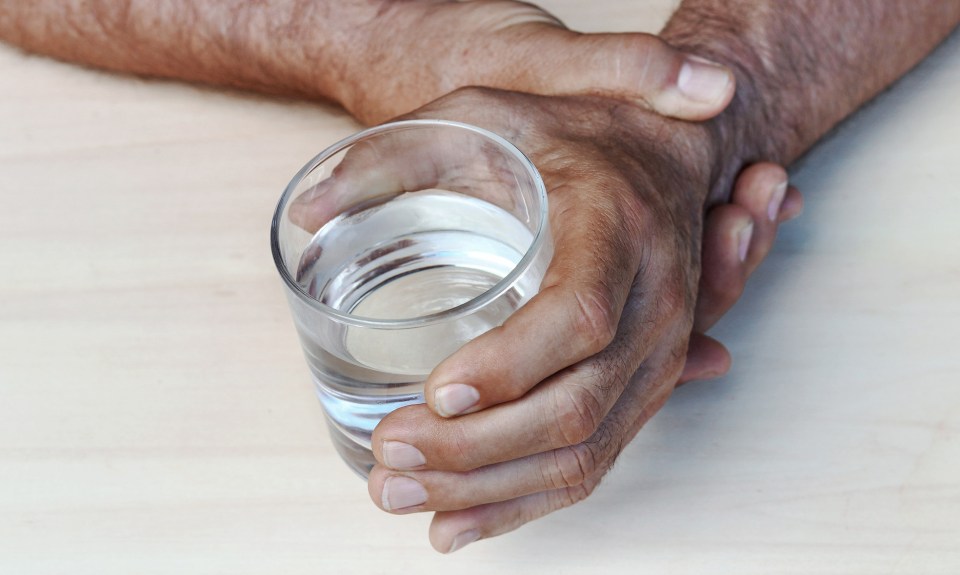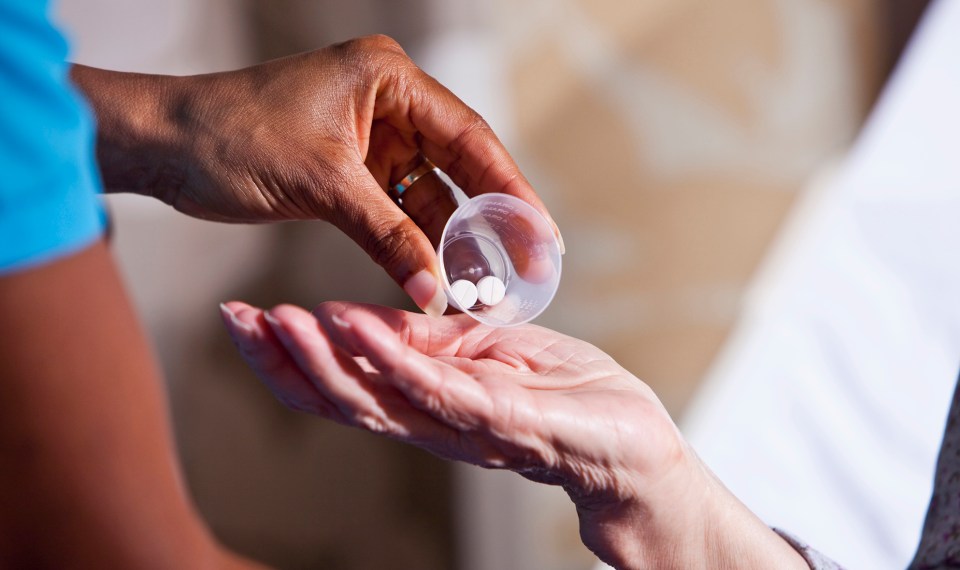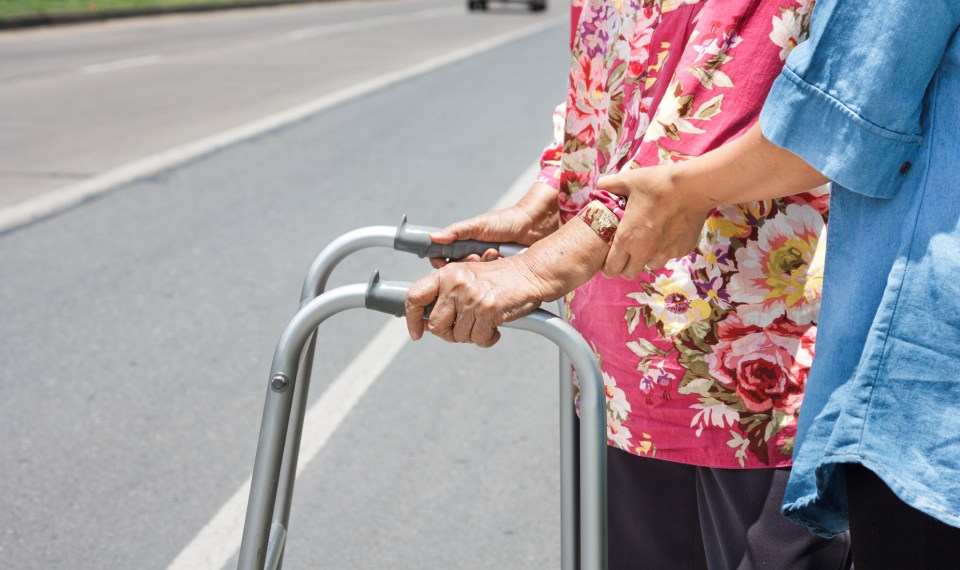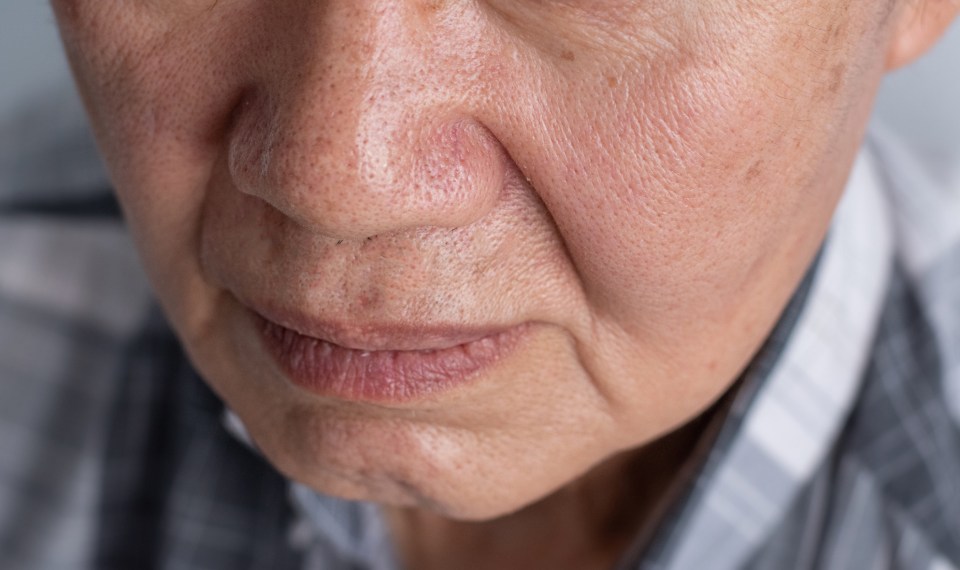Parkinson’s disease (PD) is a neurodegenerative disorder that affects over six million people worldwide. It is the second most common disorder of this kind. A progressive disorder, it primarily affects the substantia nigra–an area of the brain where neurons (nerve cells) produce dopamine, a chemical messenger that regulates movements, mood and motivation. When these neurons deteriorate over time, as seen in individuals with Parkinson’s, there is a decrease in dopamine produced. This means that significant impairments arise and progressively worsen over time.
Risk factors for Parkinson’s disease
There are a number of risk factors for Parkinson’s disease. These include:
- Age: typically affect individuals aged 60 and older
- Heredity
- Exposure to toxins: herbicides, pesticides
- Sex: more common in men
Signs and symptoms of Parkinson’s disease
As a progressive disorder, an individual diagnosed with Parkinson’s will experience certain symptoms that can worsen over time. The early stages of the disorder will likely manifest as some combination of the following:
- Reduced facial expression
- Soft or slurred speech
- Lack of arm swing when walking
As time goes by, more symptoms will develop, including:
- Tremors at rest
- Slowed movement
- Rigid muscles
- Poor balance
- Depression and other emotional change
- Difficulty with speech and writing intelligibility
With some patients, symptoms can start on one side of the body and then progress to the other side. Learn more about some of the less common symptoms of Parkinson’s.
Pill rolling tremors and bradykinesia
The tremors Parkinson’s patients may feel at rest are typically called “pill rolling” tremors. This involuntary movement looks like a constant rubbing of the index finger and thumb back and forth. As the person moves (to get in and out of bed, walk, etc.), these tremors typically are reduced or eliminated.
Over time, people with Parkinson’s will develop difficulty with getting up from a chair, moving around in the bed and walking. Much of this is caused by bradykinesia, or slowed movements. The person experiences weakness, which leads to the slowing of movement, making it difficult to complete more advanced tasks or activities of daily living.
Shuffling gait
When walking, a person with Parkinson’s will experience hesitation and take short, shuffling steps. This is called a festinating gait. As their muscles stiffen and get weaker, other things such as posture and balance will also be detrimentally affected.
Non-motor side effects
Non-motor side effects can include issues with orthostatic blood pressure which can cause the individual to become dizzy when standing up, cognitive deficits, fatigue and pain. People with PD are also at increased risk for falling, pneumonia, fractures and other effects of inactivity.
Treating Parkinson’s disease
While a Parkinson’s diagnosis can be difficult to process due to its progressive nature and lack of a cure, there are many things that can be done to alleviate or delay symptoms and improve a person’s function in daily life.
Benefits of exercise
Some options that can be explored include medications to target different symptoms or deep brain stimulation—both of which can be discussed with a doctor. Another treatment approach includes structured exercise programs. At its foundation, exercise is the movement of the body. Since PD is a motor disorder, addressing how the body moves and aiming to improve how it moves can be a solid option. There have been many studies completed on the benefits of exercise for individuals with PD.
People with Parkinson’s can benefit from an increase in endorphins and positive impact on their mental health that exercise can provide. Exercise also has the potential to slow motor disability and improve the individual’s prognosis. By participating in an exercise program, the benefits can transfer to their overall level of mobility, improving what they are able to do at home, decreasing their risk of falls and other complications, and having an overall positive effect on their quality of life.
How an inpatient rehabilitation hospital can help patients with Parkinson’s
Inpatient rehabilitation facilities (IRFs) are hospitals where the patient participates in three hours of therapy a day for five to seven days of the week, while being overseen by a care team that includes therarpists, doctors, nurses, dietitans and case managers. This offers an opportunity for joint medical and physical care. Often times, patients will not be referred to an IRF based on the PD diagnosis alone, and instead are referred when there is an acute issue such as pneumonia, fracture or other illness. However, PD patients can benefit from a referral based on their chronic Parkinson’s condition alone.
Therapy for Parkinson’s patients
Therapy can be beneficial to improving their overall quality of life. The therapy provided at an inpatient rehabilitation hospital can be a combination of physical therapy, occupational therapy and speech therapy.
The therapists work as a team to develop a plan of care with rehabilitation physicians and case managers. For patients with Parkinson’s, the goals of therapy will target the following:
Improving overall mobility:
- Moving in bed
- Getting up from a chair
- Walking
Improving their activities of daily living:
- Dressing
- Bathing
- Self-care
- Social participation
Improving communication:
- Speech intelligibility
- Hesitation when speaking
- Loudness/pitch
As an interdisciplinary team, the therapists work together to achieve these goals. The strategies used by therapists when treating patients with Parkinson’s include but are not limited to:
- Movement and balance training
- Improving overall gait pattern
- Improving flexibility and range of motion
- Addressing postural changes
- Coordination (gross and fine motor)
- Strengthening and endurance training
Therapists will use standardized measures and patient feedback to assess meaningful improvements made during patients’ stay at the rehabilitation facility.
Positive outcomes of inpatient rehabilitation
The therapies provided can have significant positive effects on patients with Parkinson’s disease. Data shows correlation between structured, guided exercise and improved mobility at home. This can reduce the caregiver’s overall burden of care, reduce the risk for falls and increase a patient’s level of independence. Also, by including the patient and their caregivers in the plan of care, this can also empower the patient and help to improve overall quality of life.
The interdisciplinary IRF team promotes and encourages active participation from the family and caregivers. This way, they are included in the patient’s treatment plan, can learn compensatory strategies for dealing with the progressive changes and feel confident about the care they are providing for their loved one. Another positive impact of inpatient rehabilitation can be improved communications. Since PD can affect a patient’s speech and overall thinking and processing, any improvements here will likely reduce the frustration that can arise by struggling to communicate and increase the patient’s social participation.
Continued care after discharge
While there are often improvements by the time a patient discharges from an IRF, it is up to individuals and their families to continue with exercise programs to maintain the new level of functional mobility and to delay further disability. The team at the IRF will offer home exercise programs, appropriate referrals to home health and outpatient care, medical referrals and order appropriate equipment so the patient is set up for success at home. If patients and families are interested, it is also possible for referrals to be made for appropriate support groups and additional resources. This peer support can help motivate patients to continue on with improving and maintaining functional and social participation for as long as possible.
Elizabeth Bartel is a physical therapist at Regional Rehabilitation Hospital in Phenix City, Alabama.
References
- Moya-Gale G, Rossi A, States RA. A Community-Based Program for Exercise and Social Participation for Individuals With Parkinson’s Disease: A Multidisciplinary Model. Perspectives of the ASHA Special Interest Groups. 2020 Oct;5:1290-1296.
- Mendes da Costa R, Magnabosco Siscento T, Resende Sousa L, Tavares GH, Kanitz AC. Contributions of physical exercise to motor symptoms and the balance of people with Parkinson’s Disease: a systematic review. Rev Andal Med Deporte. 2020;13(4):235-240.
- Parkinson’s Disease. MayoClinic. https://www.mayoclinic.org/diseases-conditions/parkinsons-disease/symptoms-causes/syc-20376055 Updated December 10, 2019. Accessed March 8, 2021.
- Mulligan H, Armstrong A, Francis R, Hitchcock H, Hughes E, Thompson J, Wilkinson A, Hale L. Engagement in exercise for people with Parkinson’s: What is meaningful? New Zealand Journal of Physiotherapy. 2018;46(1):19-28.
- Kaseda Y, Ikeda J, Sugihara K, Yamawaki T, Kohriyama T, Matsumoto M. Therapeutic effects of intensive rehabilitation in advanced Parkinson’s disease. Neurol Clin Neurosci. 2017 Jan;5(1):18-21.
- Parkinson’s disease in adults. National Institute for Health and Care Excellence. Https://www.nice.org.uk/guidance/ng71 Updated July 19, 2017. Accessed March 8, 2021.
- Ellis T, Katz DI, White DK, DePiero TJ, Hohler AD, Saint-Hilare M. Effectiveness of an Inpatient Multidisciplinary Rehabilitation Program for People With Parkinson Disease. Physical Therapy. 2008 July;88(7):812-819.
The content of this site is for informational purposes only and should not be taken as professional medical advice. Always seek the advice of your physician or other qualified healthcare provider with any questions you may have regarding any medical conditions or treatments.



